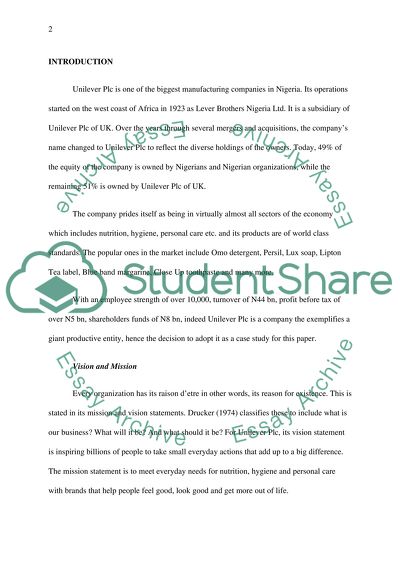Cite this document
(“Logistics Essay Example | Topics and Well Written Essays - 3500 words”, n.d.)
Retrieved from https://studentshare.org/environmental-studies/1404748-logistics
Retrieved from https://studentshare.org/environmental-studies/1404748-logistics
(Logistics Essay Example | Topics and Well Written Essays - 3500 Words)
https://studentshare.org/environmental-studies/1404748-logistics.
https://studentshare.org/environmental-studies/1404748-logistics.
“Logistics Essay Example | Topics and Well Written Essays - 3500 Words”, n.d. https://studentshare.org/environmental-studies/1404748-logistics.


